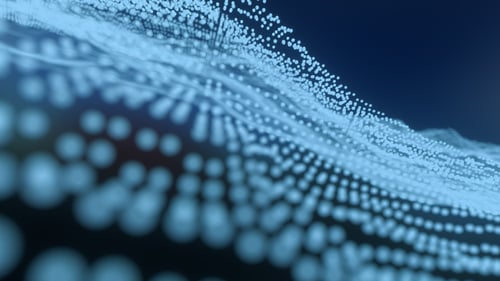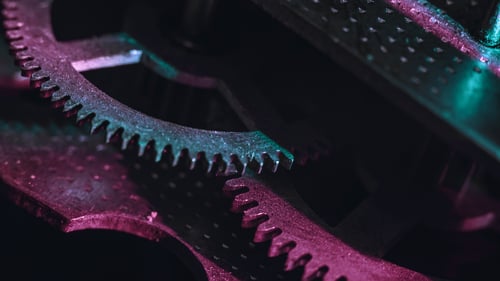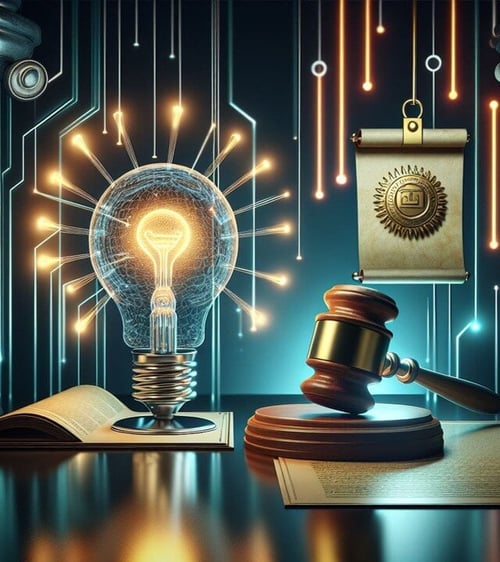European and U.S. patenting practices differ particularly in the field of chemistry and biotechnology. The U.S. legal system brings more variables into the situation.
Patent protection for inventions is always granted on a national or regional basis. There are great differences in the patenting process as well as in the definition of patentability between different regions.
An application for a European patent is filed with the European Patent Office, EPO. In this way, a patent can be obtained in states which have joined the European Patent Convention.
An application for a patent valid in the United States is filed with the U.S. Patent and Trademark Office, USPTO.
In general, a requirement for patentability is that the invention is novel and industrially applicable. The invention also has to involve an inventive step; in other words, it must not be obvious in view of prior art.
Further, there are many regional exceptions in patentability.
A DISCOVERY CANNOT BE PATENTED IN EUROPE
The European Patent Convention defines that e.g. discoveries, scientific theories or mathematical methods cannot be patented. Discoveries are significant particularly from the point of view of life science enterprises.
For example, a new feature found in a known product is merely considered a discovery. Consequently, it is not patentable as such. However, if a new use can be assigned to the feature, this use may be considered a patentable invention.
Therefore, the activity of a given compound and its effect on a given metabolic process may be patentable, if this information can be used for the treatment of a disease. If antibacterial properties of a known compound are detected, the use of the compound as an antibiotic may be patentable.
In Europe, surgical and therapeutic methods for treatment of the human or animal body are also rendered unpatentable. This is in order not to restrict by patent rights the utilization of the most recent innovations in the treatment of patients.
However, products suitable for use in surgical and therapeutic methods can be patented. Also, so called medical use of a product is patentable. Consequently, a patent can be obtained for a substance to be used as a drug or in the treatment of a disease.
Patent protection may also be obtained to cover dosing, such as dose, dosing interval, or route of administration, or e.g. a given target group to receive a drug.
In biotechnology, too, drawing the line of patentability has been difficult. For example, plant varieties or animal varieties are not patentable according to the European Patent Convention. However, microbiological processes and the products thereof, as well as biological material produced by a technical process, such as genetically engineered plants, are patentable.
Furthermore, an isolated gene sequence may obtain patent protection, as long as the industrial applicability of the sequence is indicated in the patent application, and the other criteria for patentability are met.
U.S. LAW GIVES RIGHTS
The United States patent law defines that a patent may be obtained for new and useful machines, processes, compositions of matter, or improvements thereof.
Laws of nature or abstract ideas have never been patentable in the United States. In recent years, however, the concepts have been specified to a significant extent.
The famous decision by the Supreme Court, according to which "anything under the sun made by humans" would be patentable, is hopelessly outdated. Narrowings in patentability have been introduced particularly in the fields of natural sciences, medicine, and information technology.
There is a substantial difference between the American and European concepts of law. In the United States, the law does not define what cannot be done. Instead, the law provides rights which may be limited by court decisions case by case. Interpretations by the U.S. Patent and Trademark Office of the court decisions add to the process.
Consequently, the U.S. patent law is also more vivid and susceptible to changes than the European law which has a different starting point.
As a result of recent legal proceedings, we have seen that, for example, isolated DNA is not patentable because it is considered a product of nature. Gene sequences, on the other hand, may be patentable if they are novel.
The use of genomic data in, for example, diagnostics may be unpatentable because it may be considered an abstract idea or a natural process.
Unlike in Europe, a patent may be granted in the United States for a method of treatment as well. A pharmaceutical composition which is defined, for example, according to the dosing method or the route of its administration, is also patentable without a medical use associated with it.
Any inventions relating to medical treatment, such as surgical processes, methods relating to the treatment of diseases and to diagnostics, as well as medical instruments, are also patentable.
Increasingly, obstacles to the patenting of inventions relating to natural sciences and medicine include laws of nature.
For example, the Supreme Court of the United States finds that a method comprising administering a drug to a patient, determining metabolite levels of the drug, and making a decision on changing the dosage according to a given threshold level, merely describes a law of nature. It is therefore not patentable.
PATENTS INCREASE THE VALUE OF AN ENTERPRISE
Contrary to popular belief, a patent granted for an invention does not automatically give the patentee an exclusive right to the invention. Instead, the patent gives the patentee a right to prevent others from using the invention on a professional basis.
Protection of patent and other IP rights increases the value of an enterprise and increases its plausibility and positive image. Returns from licensing or selling patents may be a significant source of revenue for the enterprise. Furthermore, IP protection may bring added value to financing and partnership negotiations.
The evaluation of patentability and the patenting process involve so many rules, exceptions and pitfalls that an enterprise considering patenting should consult a professional patent attorney already at the initial stage.
The authors Kristian Meinander and Virpi Noponen both have the Ph.D. degree in Chemistry and work as patent agents at Berggren Oy. The article was originally published in Finnish in Kemia-Kemi 8/2018.
See also our services Berggren Patents.




